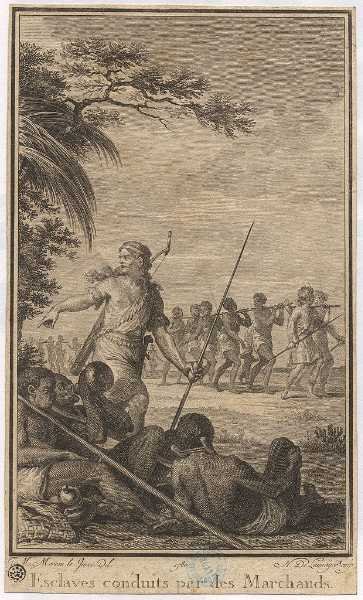What do you know about the American Underground Railroad? Take this quiz and find out how knowledgeable you actually are.
Easier, 10 Qns, Trufflesss,
Sep 20 25
 Slavery lasted for several centuries in America, from the 1600s to 1865. This quiz traces the course of this terrible practice. It's not a pleasant topic, but we can only be thankful that it finally came to an end.
Slavery lasted for several centuries in America, from the 1600s to 1865. This quiz traces the course of this terrible practice. It's not a pleasant topic, but we can only be thankful that it finally came to an end. |
|
|
|
 Quick Question
Quick Question|
|
 = Top 5% Rated Quiz,
= Top 5% Rated Quiz,
 Top 10% Rated Quiz,
Top 10% Rated Quiz,
 Top 20% Rated Quiz,
Top 20% Rated Quiz,
 A Well Rated Quiz
A Well Rated Quiz
· All questions, answers, and quiz content on this website is copyright FunTrivia, Inc and may not be reproduced without permission. Any images from TV shows and movies are copyright their studios, and are being used under "fair use" for commentary and education.